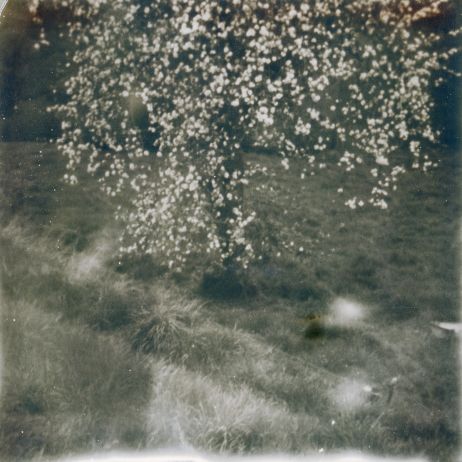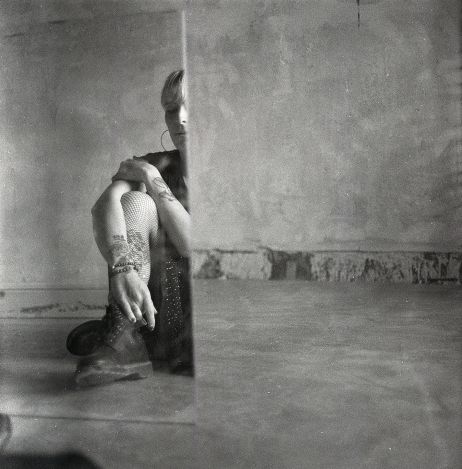What goes on behind a look? With “Watchwomen”, the photographer Melissa Breyer proposes a series full of poetry, dedicated to the waitresses of New York. By catching their expression between serving two coffees, she immerses us in these scenes of private life. Interview.
Fisheye: Can you describe your work to us?
Melissa Breyer: The short answer would be to say that I do street photography, but my work doesn’t completely fit into that category, in the classical sense of the term. I usually say that my photography work is both urban and candid. I try to show moments in city life that are simultaneously strange, beautiful and calm. I want to give life to stories that are often overlooked.
Why did you choose to photograph only women in their workplace?
I’m not against the idea of photographing men, but I really felt a connection with these women working in the restaurants. Probably because I worked as a waitress in a restaurant while I was a student. There’s a thin line between service and servitude, and this relationship seems especially poignant to me when it comes to women.
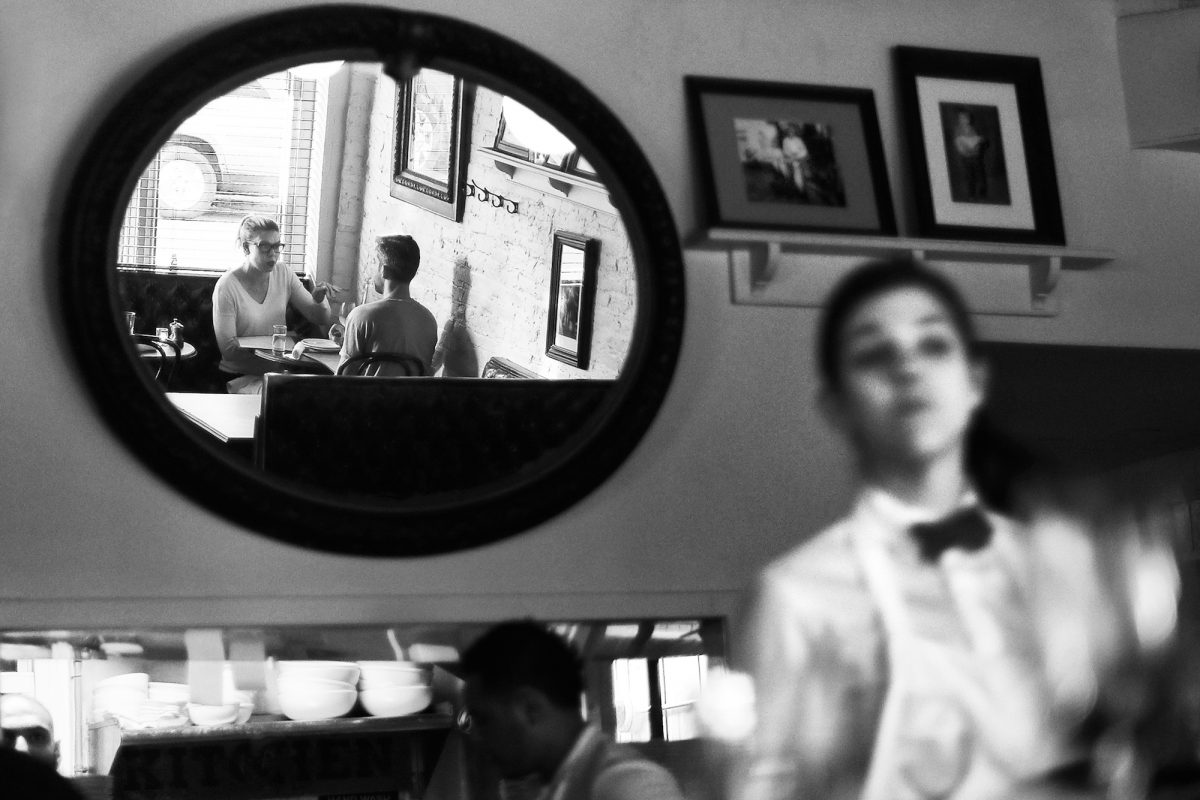
What was the inspiration behind your series “The Watchwomen”?
The models themselves. When I walk down the street I’m always looking through windows. I hope to capture these beautiful scenes where the women are lost in their own thoughts at the same time as they’re carrying out their job. What are they thinking about? What is their story? I was always asking myself these questions. I like imagining their account of their lives. These women are a lot more than their work. I wanted to capture the moments that gave rise to these questions in me.
“My goal was to highlight their dignity”
What was the goal of the project?
I see grace in all these women. They lay the table, feed people, clear away the dishes — tasks that are banal, but also essential, vital. Their work is difficult and sometimes boring and underappreciated; my goal was to highlight their dignity.
Why did you choose the title, “The Watchwomen”?
Linguistically, the words “waiter” and “watchman” have the same root. In one sense, these two terms are interchangeable. I feminised the term “watchman” because I think it describes these women incredibly well. Of course they’re waitresses, but there’s more attention and action in the fact of watching rather than waiting [for the arrival of a customer]. So I invented a new job for them: “watchwomen”. There’s a power in watching. There’s a lot of power in a person’s gaze.
Is this series feminist?
There is for sure a feminist component to the project. Casual service jobs allow these women to have a level of independence while still getting a decent salary. The hours and the timetable are flexible, and often a part-time job is enough to live on. I’ve known women who’ve avoided bad situations because of their waitress jobs. I’ve also known a couple of women who were able to pursue their studies and follow through on their artistic projects, their travel projects by working in restaurants. It’s an entry ticket to an independent life. That’s one reason, among others, that I see so much dignity in their work.
What do you feel when you manage to capture these looks?
Happiness! Between the framing, the camera settings and capturing the moment, there is a lot more failure than success. I’m also very admiring: in front of me are women who are satisfied and full of hope.
What’s your next project?
I have a few ideas in mind, but nothing really concrete just yet. I know that I want to continue photographing people in the city. It’s a project that’s underway and that will never end.
Can you summarise this project in three words?
Compassion, admiration and recognition.
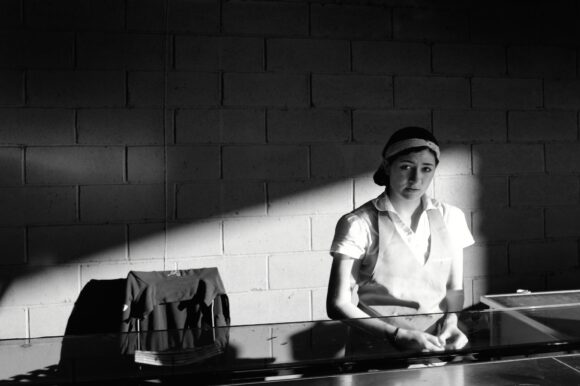
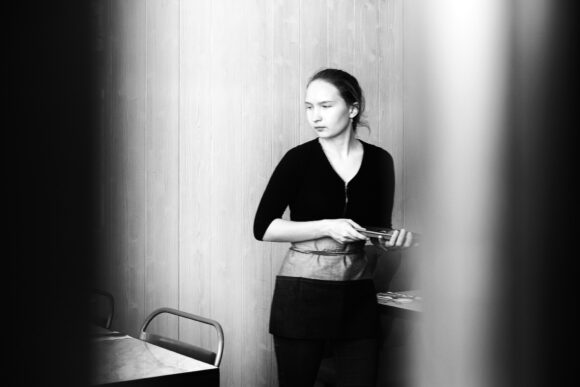
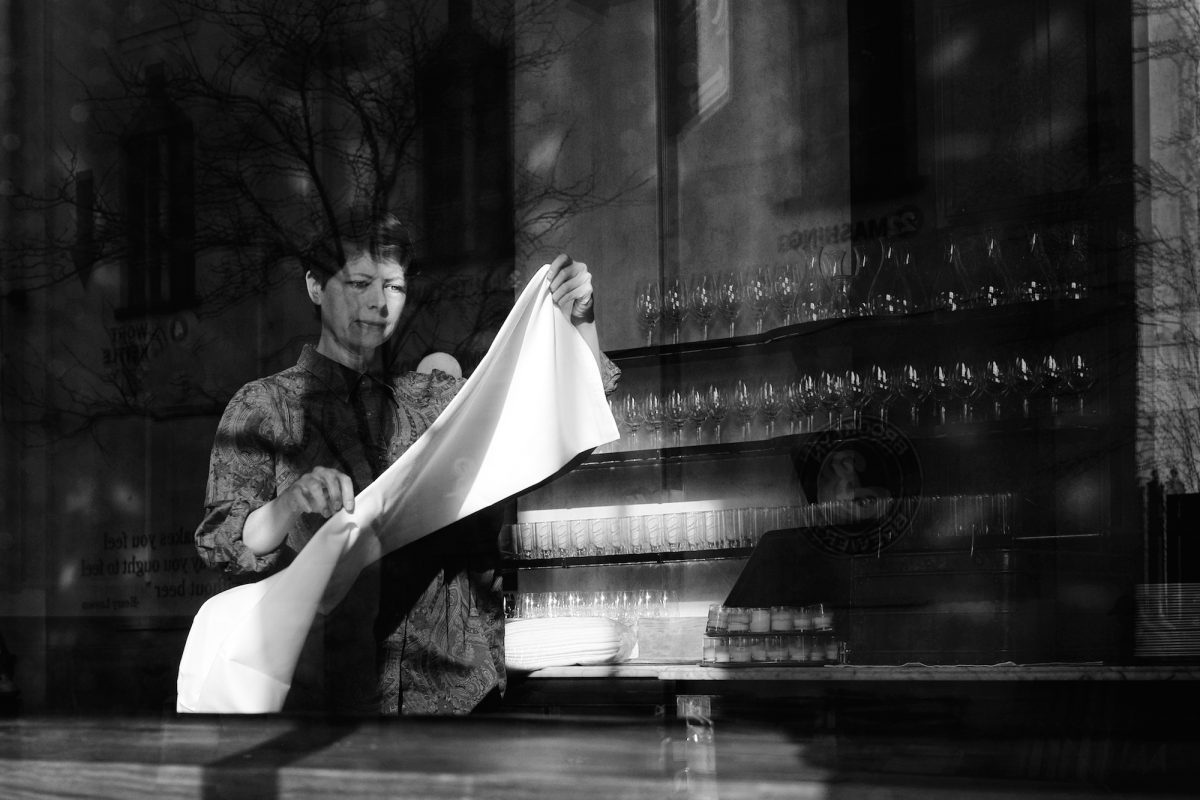
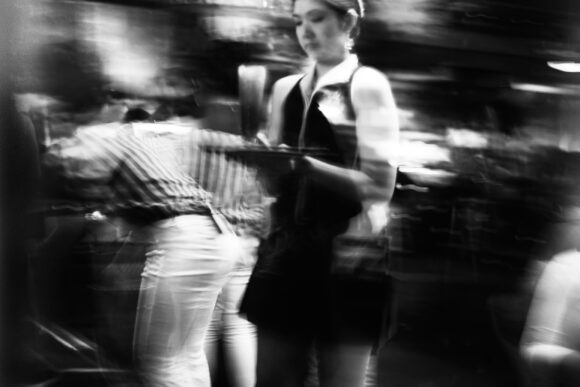

Images by © Melissa Breyer


